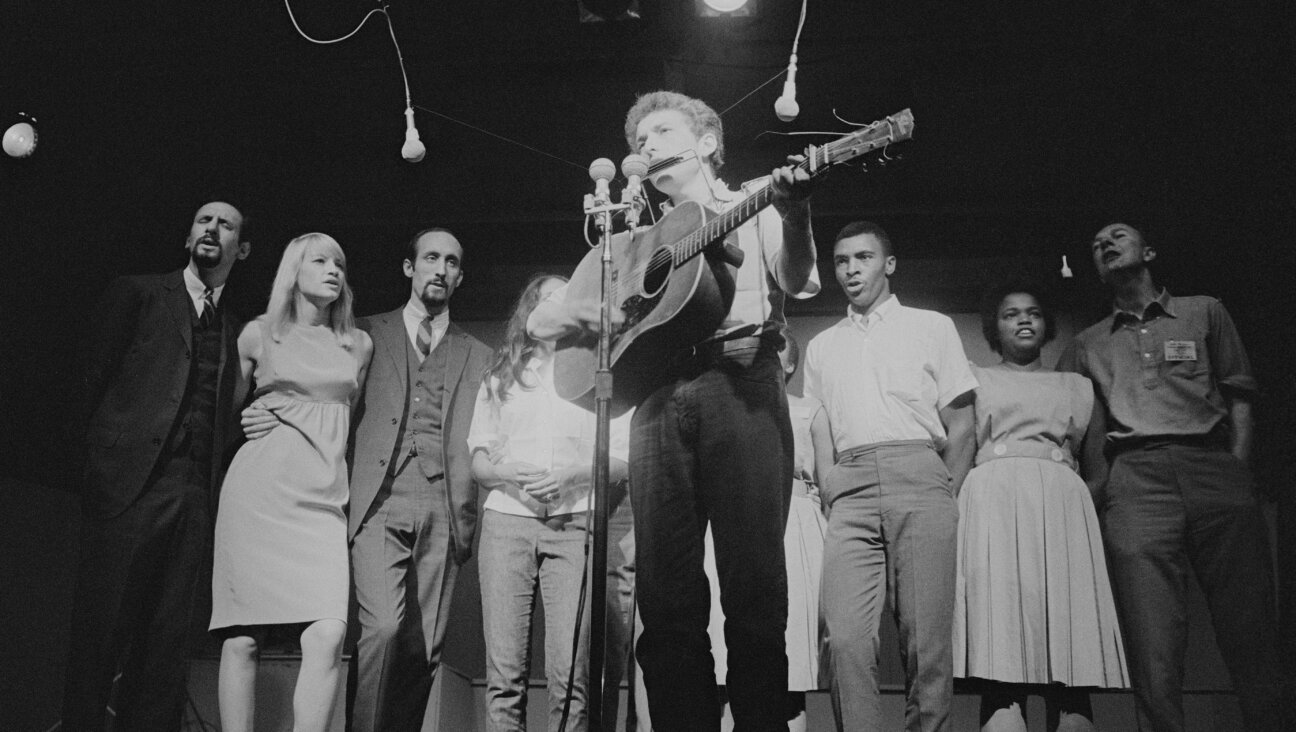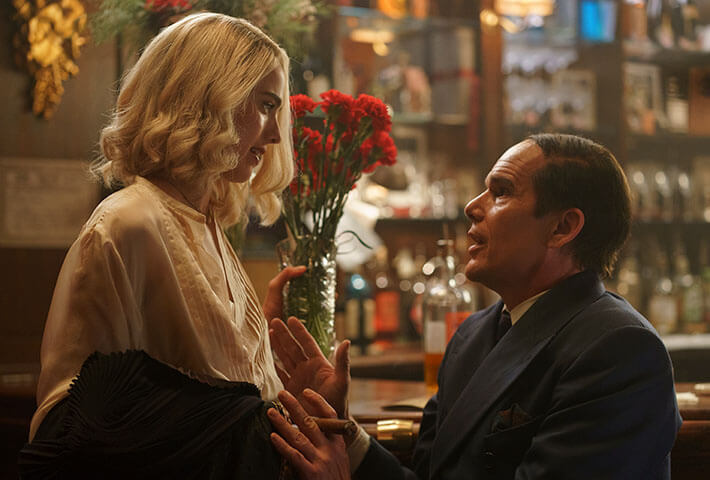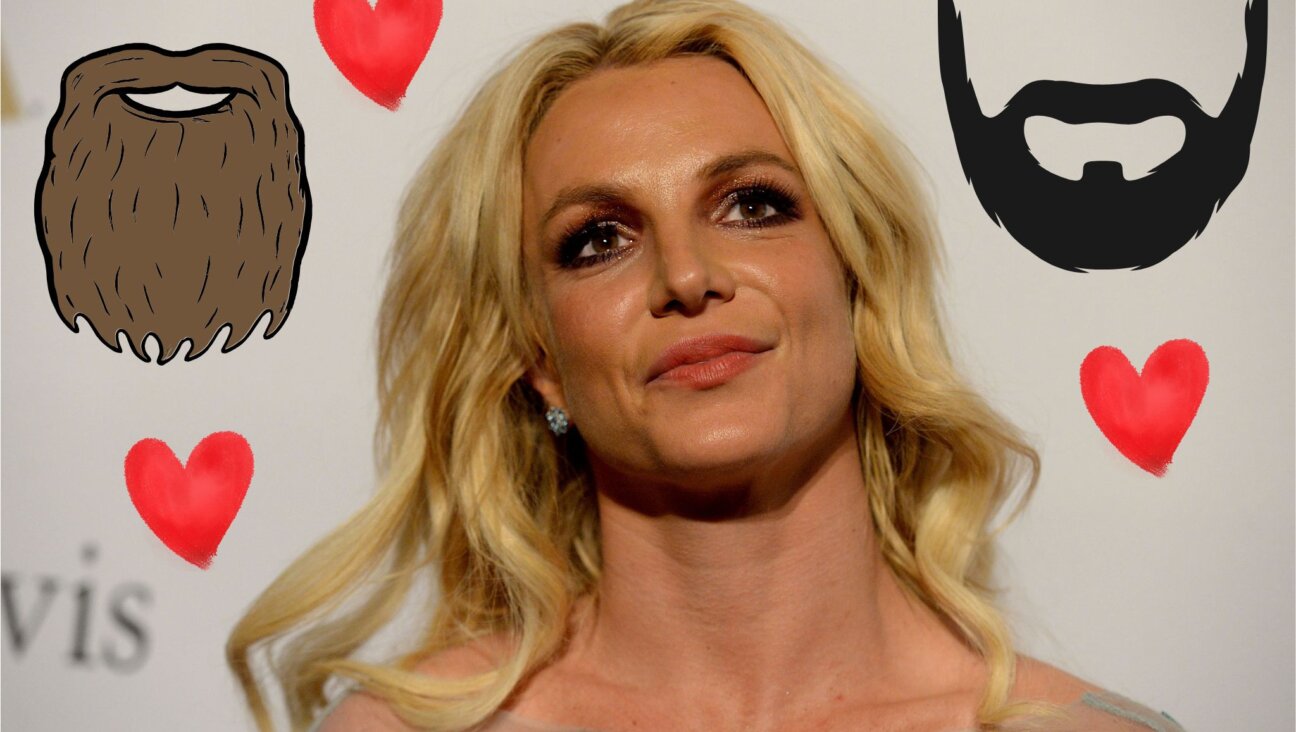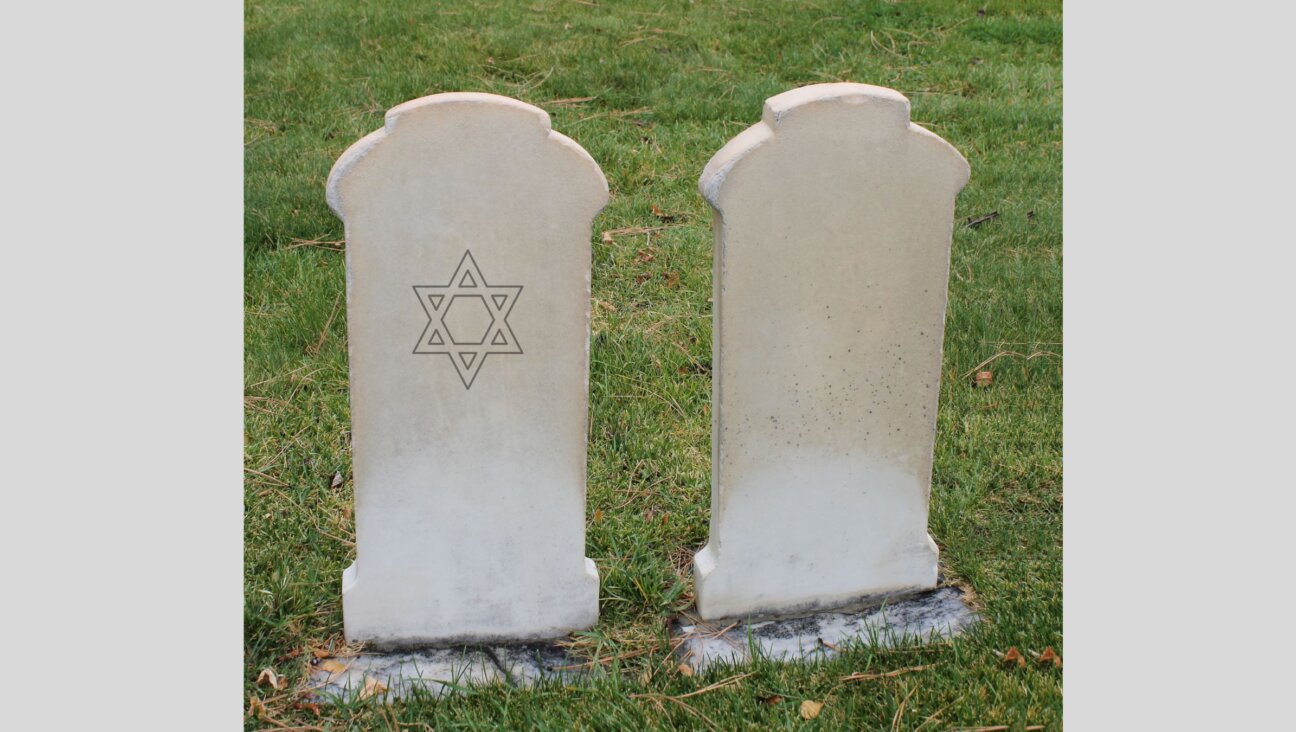How Jewish was J.D. Salinger?
Judaism did not factor in the author’s ‘Catcher in the Rye,’ but that doesn’t mean his work was devoid of spirituality
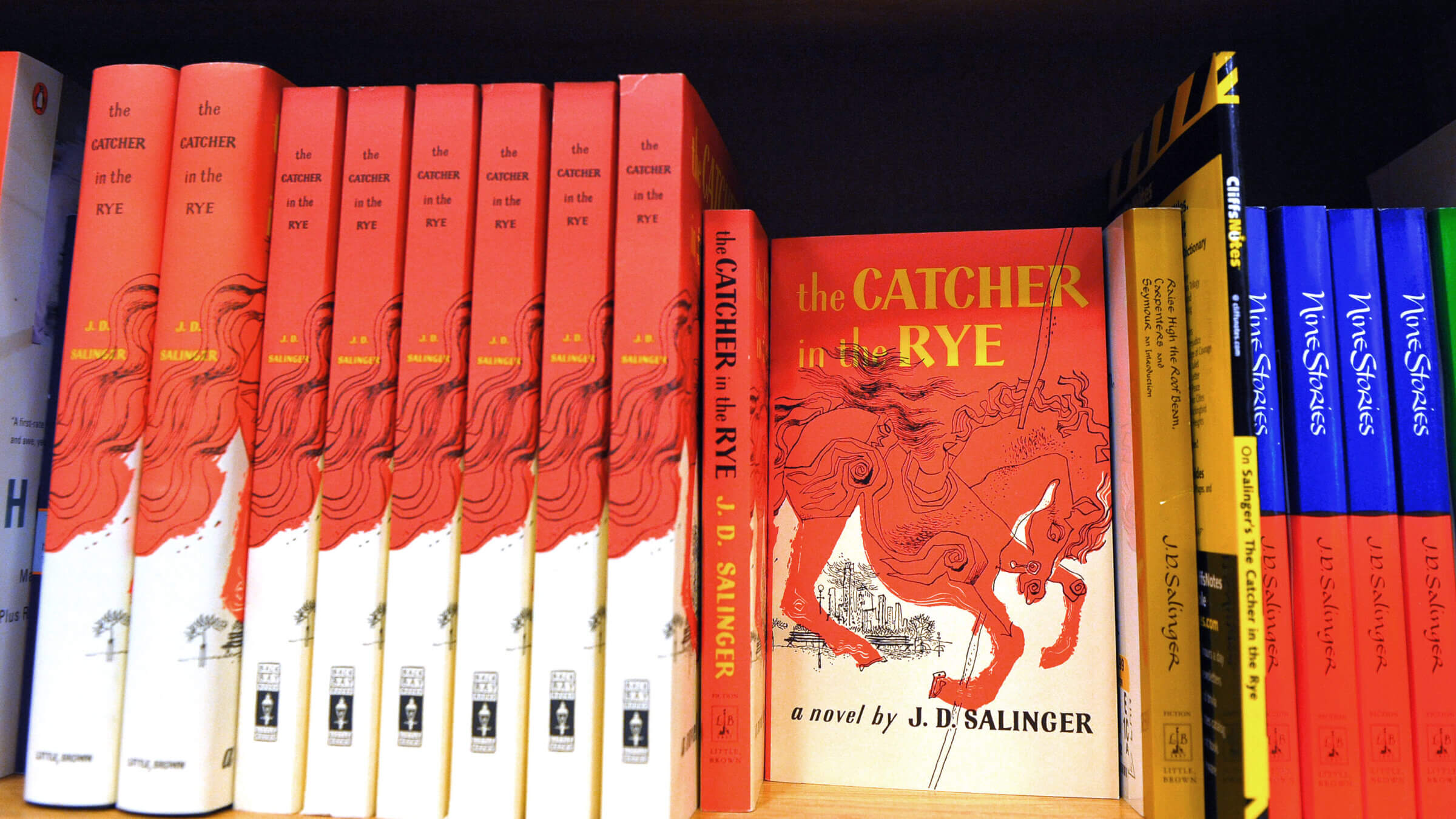
Copies of “The Catcher in the Rye” by author J.D. Salinger. Photo by Getty Images
In 2018, I wrote a book about the Jewish-American writers — Saul Bellow, Bernard Malamud, Philip Roth, and the others who powered the golden age of Jewish writers in post-war America. I thought of including Jerome David Salinger, known to the world as J.D. Salinger, but I quickly realized his Jewishness was a complicated saga.
Was Salinger Jewish? There is no simple answer. His Jewish roots certainly ran deep on his father’s side. His paternal grandfather was a Lithuanian immigrant who served as a rabbi in Louisville, Kentucky, before becoming a doctor. His father, Sol, belonged to Temple Emanu-El, the prominent reform synagogue in New York, where he worshipped on the high holidays of Rosh Hashanah and Yom Kippur.
But Salinger’s mother came from entirely different stock. Born in Iowa to the Jillich family, who were Catholics of Scotch/Irish descent, she was christened Marie. When she married Sol, she changed her first name to the more Jewish-sounding Miriam (Moses’ sister). As Miriam Salinger, she “passed” as Jewish — no small irony in 1920s America. Jerry Salinger didn’t find out his mother wasn’t the Jew she pretended to be until just past his bar mitzvah.
Once he learned of his mother’s roots, Salinger was quick to abandon his own Jewishness, and there is practically nothing about Judaism in his later life or his fiction. Holden Caulfield, that prep school dropout in The Catcher in the Rye, is not exactly a Jewish boychik. Nor is there anything much Jewish in the later stories about the Glass family, even though Seymour, Franny, Zooey, and the other Glass siblings had a Jewish father, like Salinger himself.
In abandoning Judaism, Salinger also played out something of an Oedipal fantasy. He grew even closer to Miriam, his adored mother, and eventually dedicated The Catcher in the Rye to her in 1951. But he clashed with his father, who wanted him to join the family’s prosperous food business, disdaining Jerry’s goal of becoming a writer.
As Sol’s business grew, the family moved from New York’s Upper West Side to a tonier apartment building, 1133 Park Avenue. It was a comfortable life, even during the Depression, and the family often had a live-in maid.
More a social climber than an observant Jew, Sol sought to assimilate into mainstream America, meaning WASP America. He transferred Jerry out of P.S. 166, where most of the students were Jewish, enrolling him at the McBurney School, a fashionable private school in New York, which was affiliated with the YMCA — the Christian C very much part of the attraction.
But Jerry, never a good student, flunked out of McBurney after two years, and Sol dispatched him to Valley Forge Military Academy in Pennsylvania, where the students were rifle-toting boys, nearly all of them Gentiles. At first, the family fretted that Jerry would face antisemitism at Valley Forge, but there’s no evidence he did. In fact, Salinger fared reasonably well at Valley Forge, graduating on schedule.
College was more difficult, however, and Jerry dropped out of NYU after less than one semester. This time, his father sent Jerry to Europe to work in the family’s food business there.
Jerry, of course, was not the least bit interested in joining his father’s cheese-and-meat emporium. Instead, he spent nearly a year in Vienna, starting in April 1937 amid the gathering clouds of war. It was in Vienna that he became fluent in German, which proved valuable when he served in the army during World War II.
Most of his time in Vienna he lived with a family in the Jewish quarter whose daughter became a good friend — and probably a romantic partner. But when the Nazis threatened to invade Austria, Salinger returned to the U.S. He got out just in time. A week later, the Nazis annexed Austria, forcing Vienna’s Jews to scrub the streets to get rid of anti-Nazi slogans left by the previous regime. When the war ended, Salinger did go back to Vienna, only to discover that the entire family he lived with had been killed by the Nazis.
What we know about this tragic episode comes largely from a short story Salinger wrote, appropriately called “A Girl l Knew,” published in the February 1948 issue of Good Housekeeping. It is the only one of Salinger’s surviving stories that is based on his time in Vienna, and the only Salinger story that dealt with the Holocaust.
In Salinger’s fictionalized account, he is John, a college dropout who falls in love with Leah, who lives in the same Vienna apartment house he did. “She was 16 and beautiful,” John says, “She was probably the first appreciable thing of beauty I had seen that struck me as being wholly legitimate.”
After the war, John returns to visit his old pre-war building, now occupied by American military officers. He asks the staff sergeant on duty about Leah, the girl he knew who was later killed at Buchenwald. The sergeant responds with callous indifference: “Yeah? What was she, a Jew or something?”
Leah thus represents something more than a Holocaust victim. She symbolizes the indifference of the broader population, even an army sergeant, that helped make the Holocaust possible in the first place.
After returning from Vienna, Salinger enrolled in a writing course at Columbia and succeeded in getting some of his short stories published in major magazines, like The Saturday Evening Post, Collier’s, and Esquire. But war loomed, and Salinger was drafted into the Army. In 1944, he shipped out to England, and on June 6 he was in the second Allied wave that landed at Normandy on D-Day. He was in continuous combat for the next 10 months, as his unit liberated Paris, fought in the Battle of the Bulge, and eventually reached Germany.
Then came an event that changed his life. In the closing days of the war, his unit liberated a concentration camp, an outpost of Dachau called Kaufering Lager IV. There, Salinger saw the horror of the Holocaust: dead Jews piled up, emaciated Jews gasping for life. By July, back in allied territory in Nuremberg, Salinger experienced what he himself called a “nervous breakdown,” a combination of combat shock, battle fatigue, and survivor guilt that today we would call post-traumatic stress disorder (PTSD). He was hospitalized for two weeks – and was depressed, on and off, for the rest of his life.
Did Jewish GIs react differently to what they saw of the Holocaust? Did Salinger? We have no way of knowing whether Salinger’s Jewish heritage contributed to his subsequent breakdown. But it’s worth noting that his collapse did not occur during his time in combat but struck soon after his unit liberated a concentration camp whose victims were nearly all Jews. “Kaufering Lager IV was what broke Salinger,” said Eberhard Alsen, a literary critic who wrote of Salinger’s wartime experience.
Trying to ease his post-war depression, Salinger turned to religion — not the Judaism of his youth but rather a mystical form of Hinduism called Vedanta. Never heard of Vedanta? Neither had I, even though it had been the religion of Leo Tolstoy, Aldous Huxley, William James, Carl Jung, George Santayana, and Henry Miller.
Salinger embraced Vedanta with the passion of a true believer — meditating daily, studying the sacred texts, and visiting the Vedanta Center in New York, just three blocks from the Salinger family apartment on Park Avenue. On occasion, he even travelled to the Vedanta retreat at Thousand Island Park, near the Canadian border. When it came to religion, Salinger was no recluse.
Many Vedantic principles seem evident in Salinger’s life: The withdrawal into isolation in Cornish, New Hampshire. The crusade against materialism and ego. The refusal to publish anything he wrote for the last five decades of his life. By retreating from society, Salinger was drawing closer to God, as Vedanta preached, engaging with him through constant prayer, eventually merging with him. Salinger became famous for not wanting to be famous.
Perhaps more important, he showcased Vedanta in his later fiction, from Nine Stories to the Glass stories. Though Salinger was never labeled a “Jewish writer,” as were such contemporaries as Bellow and Roth, he certainly became a religious writer, sometimes proselytizing for Vedanta. As John Updike put it in a 1961 review of Franny and Zooey: Salinger, he wrote, “has clinched our suspicion that a lecturer has usurped the writing stand.”
Salinger did break with Vedanta in one crucial respect: He didn’t heed its dictum to lead a life of celibacy. In fact, he was obsessed with post-adolescent women, those “in the last minute of their girlhood,” as one of his fictional characters put it. You’ve probably heard about his affair with Joyce Maynard, when she was 18 and he 53. She was just one of many.
Why should we care now about any of this?
Because his son, Matt, has been sorting through the unpublished writing Salinger left behind after his death in 2010. “My father was writing for nearly 50 years without publishing,” Matt said in 2019. That’s a lot of material.” Much of it is rumored to be short stories and perhaps another novel or two. At least some of the stories might be released within the next year or so.
Just imagine: The chance to read the stories Salinger had written in his years of retreat, then locked away in a vault somewhere — the very expression of his self-exile. It will be a literary event of enormous magnitude.
Perhaps during his decades of isolation in New Hampshire, Salinger did write some wonderful fiction. But if the stories are infused with Vedanta dogma — as some of them are likely to be — they will probably fall far short of Salinger’s best work. That was certainly the case in Salinger’s last published stories, when he wrote of Vedanta, including Zooey; Seymour, an Introduction; and Hapworth 16, 1924. All three stories were rambling disappointments. Why expect anything better now?
I fear J. D. Salinger lost his literary way on his lonely road to religious epiphany.
This article has been adapted from Stephen B. Shepard’s new book: Salinger’s Soul: His Personal and Religious Odyssey.

